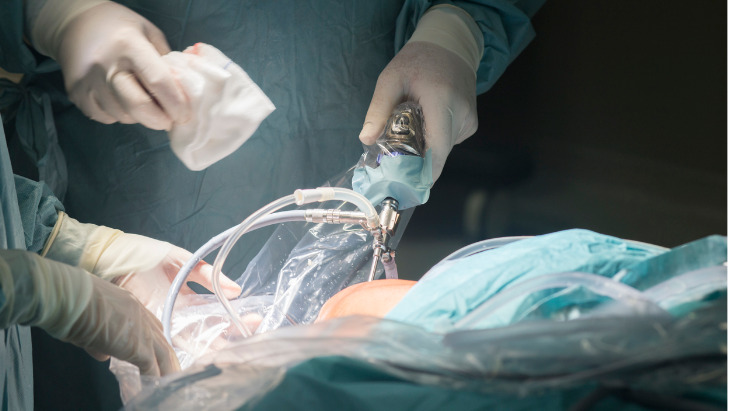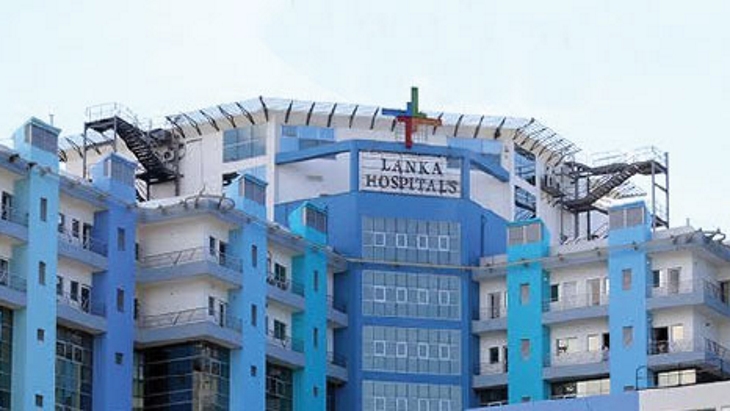Compare costs
Average cost of treatment in key countries
Include indicative costs for treatment, travel, insurance and accommodation
Get a quote
1. Complete the enquiry form
2. Select countries of interest
3. Providers respond directly
The experience of having proton beam therapy is similar to having radiotherapy based on X-rays. The precise location that the treatment will be aimed at is planned using information from scans, you are positioned so that the proton beam hits the target area, you will need several treatments, perhaps daily treatments and you will need to take care of yourself during and after treatment.
Although proton beam therapy produces less damage to surrounding tissue, it is not without side effects and you need to be aware of these before starting treatment.
It’s usual to have several scans during your diagnosis and to plan for surgical treatment. If you have some form of radiotherapy, you may need further scans to provide the radiologists with the exact size and position of the tumour relative to major nerves, blood vessels or brain tissue.
A three dimensional map is used to program the equipment that delivers the proton beam therapy. So that the treatment reaches the tumour and avoids healthy tissue it is crucial that your position is exact too. The treatment is usually delivered with you lying on a table that can be rotated, with the arm that produces the proton beam moved into position around you.
You may need some marks on your skin to line you up for treatment each time, you may need to have a special mask or restraint made to hold your head in position or you may need to be held in place by special padded supports.
The actual PBT takes only a couple of minutes; waiting for your turn on the machine and then being put into position can take much longer. You will probably be in the treatment room for 20-30 minutes.
You will need to lay still and the table that you are lying on and the proton beam delivery arm will rotate and move until you are in the right position. You then need to keep as still as possible. The radiology team will be close by but they need to leave you in the treatment area during treatment. They will still be able to check on you on a monitor and hear you and you can attract their attention if anything is wrong or you feel unwell.
Like radiotherapy, proton beam therapy is painless when you have it. You will not notice any pain, heat or other effects. Once the treatment is over, you can get up and leave the treatment facility and go home or back to your accommodation. If you are an inpatient, you will return to your hospital room. Some people worry that they are radioactive after treatment – you aren’t (nor would you be after X-ray radiotherapy).
This will depend on the reason you are having the proton beam therapy but typically you will need daily treatments, on every weekday for several weeks. UK patients who currently travel to Switzerland, the USA or another international PBT centre are advised they will need to stay there for 8-10 weeks. This time includes the planning and treatment phase and a couple of weeks recovery.
The main after effect that starts after 10-15 days of treatment is tiredness. This also happens with standard radiotherapy. You will need to rest more and sleep to recover but feeling extreme fatigue for a few weeks afterwards is fairly normal.
Proton beam therapy affects the tissues in front of the tumour more than those beyond the tumour so it is common to find that the skin where the proton beam enters your body becomes red and looks sunburned. You will be given some gentle moisturizing cream to use but you should avoid perfumed products as this can make the skin reaction worse after later treatments.
After a few weeks recovery after your last treatment your medical team may want to do some follow up scans to monitor the size of the tumour. Initially, there may be inflammation and swelling and it may be months before it is possible to find out if the treatment has been a success.


The King Hussein Cancer Centre treats all cancers and performs approximately 300 bone marrow transplants a year. The King Hussein Cancer Centre is the one of the only specialised cancer centres in the Middle East treating both adults and children. They also offer various diagnostic imaging services such as MRI and CT scans and have a highly advanced Chemotherapy Unit.

